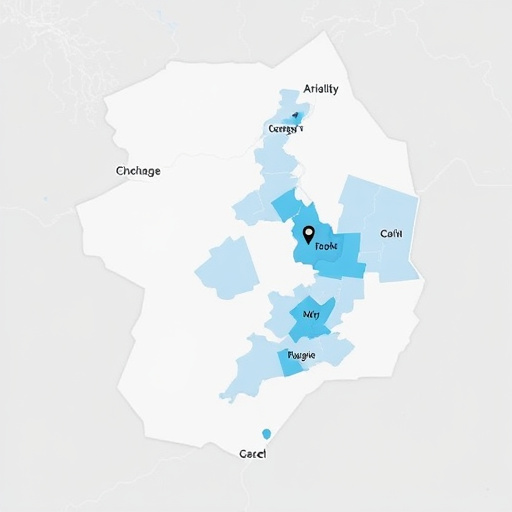The text emphasizes the importance of real-world testing for automotive modifications like Cold Air Intakes (CAIs), focusing on their positive impact on fuel efficiency, as measured by MPG gains. CAIs direct cooler, denser air into engines, optimizing combustion and enhancing performance without sacrificing power. Data confirms CAIs' ability to increase horsepower, torque, and gas mileage simultaneously. This testing involves strategic data collection under varied driving conditions using GPS tracking and vehicle diagnostics software. The outcome enables consumers to make informed decisions about fuel-saving vehicle upgrades.
In today’s competitive automotive market, real-world economy testing is crucial for evaluating vehicles’ fuel efficiency and performance. This article delves into the significance of such testing, focusing on the connection between cold air intakes (CAIs) and miles per gallon (MPG) gains. We explore how fuel-saving technologies impact test results, providing insights into strategies for accurately evaluating real-world performance. By understanding these dynamics, automakers can optimize their designs for improved efficiency.
- Understanding Real-World Economy Testing: The Cold Air Intake and MPG Connection
- How Fuel-Saving Technologies Impact Test Results
- Strategies for Accurate Real-World Performance Evaluation
Understanding Real-World Economy Testing: The Cold Air Intake and MPG Connection

Understanding Real-World Economy Testing: The Cold Air Intake and MPG Connection
In the realm of real-world economy testing, understanding the impact of components like cold air intakes on fuel efficiency is paramount. A cold air intake (CAI) is a modification designed to direct cooler, denser air into an engine, enhancing its combustion process. This simple yet effective upgrade has been shown to deliver notable MPG gains, making it a popular choice among car enthusiasts and those seeking fuel-saving solutions. By optimizing the airflow, a CAI can improve engine performance, resulting in better fuel economy without compromising power.
This connection between cold air intakes and improved mileage is backed by scientific principles and real-world data. Tests have consistently demonstrated that well-designed CAIs can increase horsepower and torque while simultaneously enhancing gas mileage. The key lies in the efficient delivery of air, ensuring a precise balance of oxygen and fuel for optimal combustion. This, in turn, leads to reduced fuel consumption, making it a practical approach for anyone looking to save on gas costs and contribute to environmental sustainability.
How Fuel-Saving Technologies Impact Test Results

Strategies for Accurate Real-World Performance Evaluation

Evaluating real-world performance can be challenging, especially when testing automotive modifications like cold air intakes (CAIs). To ensure accurate results, a comprehensive strategy is required that combines data collection and analysis. One effective method is to conduct tests under varied driving conditions—urban, suburban, and highway—to mimic everyday use cases. This approach provides a holistic view of the CAI’s impact on fuel efficiency, offering insights into MPG gains across different scenarios.
Additionally, leveraging advanced tools like GPS tracking devices and vehicle diagnostics software can capture real-time data on speed, acceleration, and engine load. By correlating these metrics with fuel consumption readings, researchers can identify specific driving patterns that yield the most significant fuel-saving benefits. This data-driven approach allows for a precise understanding of the CAI’s performance advantages, ultimately guiding consumers to make informed decisions regarding their vehicle upgrades.
Real-world economy testing is a vital component in evaluating the performance and efficiency of vehicles equipped with fuel-saving technologies. By understanding the connection between cold air intakes and their impact on miles per gallon (MPG), we can appreciate how these innovations contribute to better gas mileage. With strategic approaches to accurate evaluation, we ensure that test results reflect real-world driving conditions, allowing consumers to make informed decisions about fuel-saving options like cold air intakes. This comprehensive understanding fosters a more sustainable and efficient automotive landscape.














